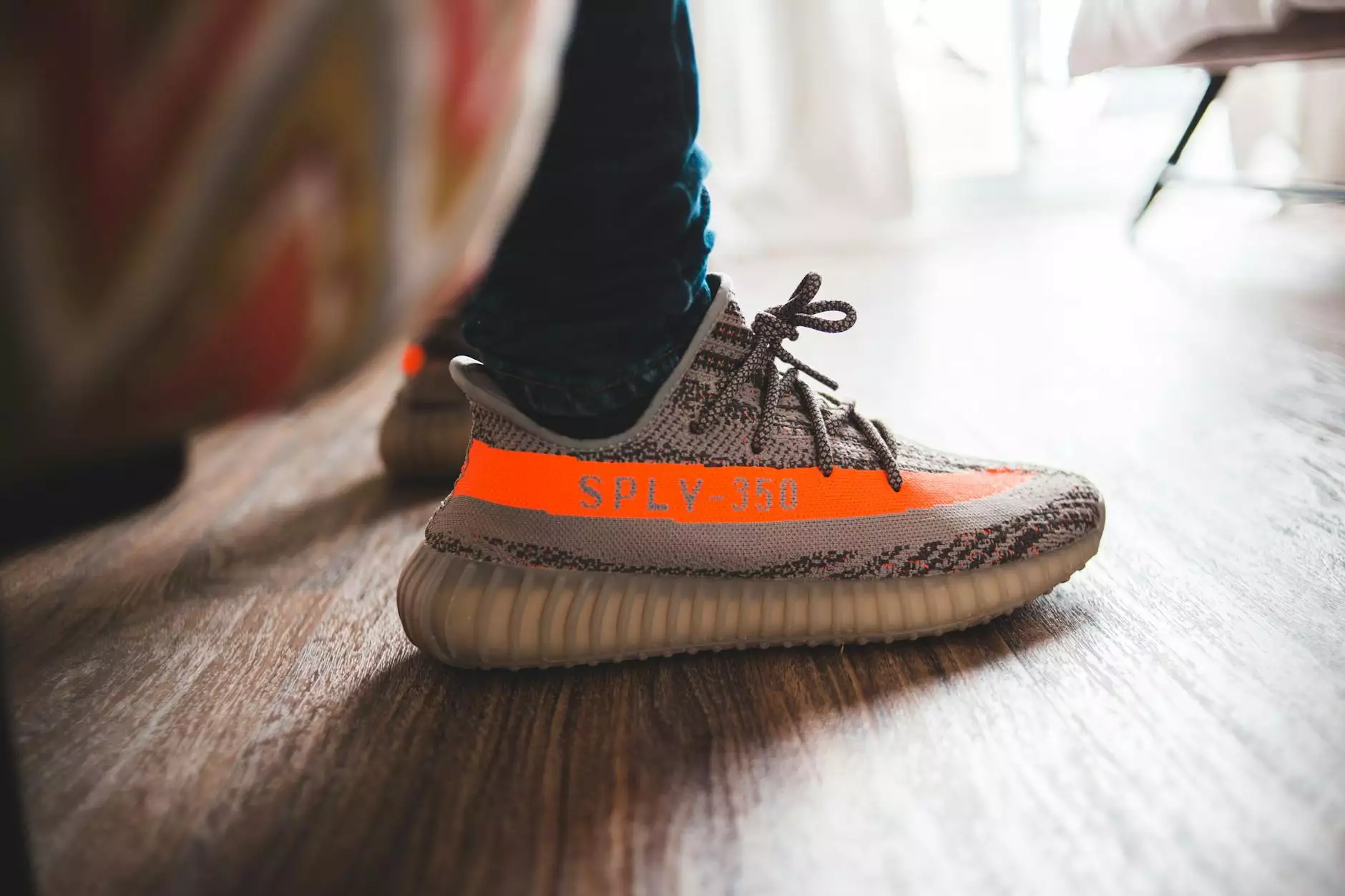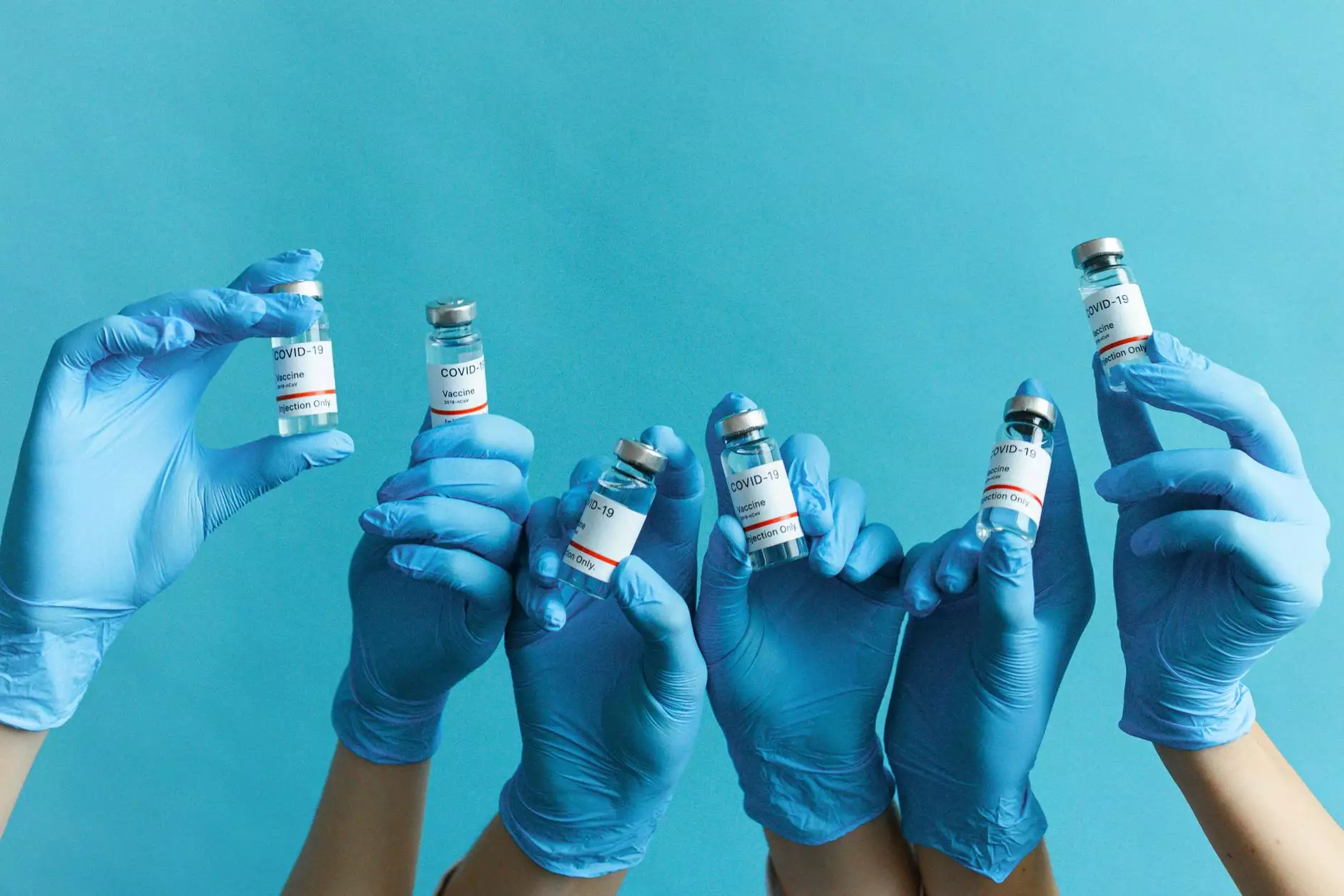How to Deal with Athlete's Foot
Blog
Understanding Athlete's Foot
Athlete's foot, also known as tinea pedis, is a common fungal infection that affects the skin on the feet. It is characterized by itching, burning, cracking, and peeling of the skin. Athlete's foot thrives in warm and damp environments, making it more prevalent among athletes and individuals who frequently wear tight-fitting shoes or damp socks.
If left untreated, athlete's foot can spread to other parts of the body, leading to discomfort and potential complications. However, with proper care, treatment, and preventive measures, it is possible to effectively manage and minimize its impact.
Treatment Options for Athlete's Foot
When dealing with athlete's foot, it is crucial to choose the appropriate treatment method based on the severity of the infection. Bowling Orthopaedics recommends a multi-step approach to tackle the condition effectively:
1. Over-the-counter Antifungal Medications
The first line of defense against athlete's foot usually involves using over-the-counter antifungal creams, sprays, or powders. These products typically contain active ingredients like clotrimazole, miconazole, or terbinafine, which work by inhibiting fungal growth and eliminating the infection. Follow the instructions on the product packaging and apply the medication as directed.
2. Prescription-strength Medications
In cases where over-the-counter treatments do not provide adequate relief, your healthcare provider at Bowling Orthopaedics may prescribe stronger antifungal medications. These may include topical creams, oral medications, or a combination approach, depending on the severity of the infection.
3. Proper Foot Hygiene
Maintaining good foot hygiene is crucial in preventing and managing athlete's foot. Ensure you wash your feet daily with warm water and mild soap, focusing on the spaces between the toes. After cleansing, thoroughly dry your feet, especially the areas prone to moisture buildup.
Avoid sharing towels, socks, or footwear with others to prevent the spread of the infection. Additionally, choose breathable footwear, such as those made from natural materials like leather or canvas, and wear moisture-wicking socks to keep your feet dry.
4. Keep Feet Dry
If you are prone to excessive sweating or your feet tend to get damp during the day, it is important to pay attention to keeping them dry. Opt for moisture-absorbing foot powders or antifungal powder to reduce excessive moisture. Changing socks frequently, especially if they become wet, can also help maintain dryness.
5. Reduce Exposure to Fungus
Avoid walking barefoot in public areas, especially communal showers, locker rooms, and swimming pools, where fungi can thrive. Use protective footwear like shower shoes or sandals to minimize direct contact with contaminated surfaces.
6. Treating Fungal Infections in Other Areas
Fungal infections can spread to other parts of the body, such as the groin or hands. If you suspect the presence of such infections, it is advisable to seek medical attention promptly to prevent further complications and address them appropriately.
Preventing Athlete's Foot Recurrence
Once you have successfully treated athlete's foot, taking preventive measures can significantly reduce the chances of recurrence:
1. Practice Good Foot Hygiene
Continue following a thorough foot hygiene routine, including daily washing, drying, and careful attention to the spaces between the toes.
2. Keep Feet Dry
Avoid prolonged exposure to wet conditions and use moisture-absorbing foot powders or antifungal powder if necessary.
3. Wear Breathable Footwear
Choose footwear made from natural materials that allow your feet to breathe, reducing the chances of moisture buildup.
4. Alternate Footwear
Rotate between different pairs of shoes to allow them to dry completely before wearing them again, minimizing the risk of fungal growth.
5. Disinfect Footwear
Regularly disinfect your footwear by applying antifungal spray or powder to kill any remaining fungi.
6. Change Socks Regularly
Wear clean, moisture-wicking socks and change them daily or whenever they become damp.
7. Choose the Right Socks
Opt for socks made from breathable materials like cotton or moisture-wicking synthetic fabrics to keep your feet dry.
By implementing these preventive measures and maintaining proper foot hygiene, you can effectively minimize the chances of athlete's foot recurrence.
If you have any concerns or require further guidance on dealing with athlete's foot, do not hesitate to reach out to Bowling Orthopaedics. Our expert healthcare professionals are dedicated to providing comprehensive orthopaedic care to help you lead a healthy and active lifestyle.




